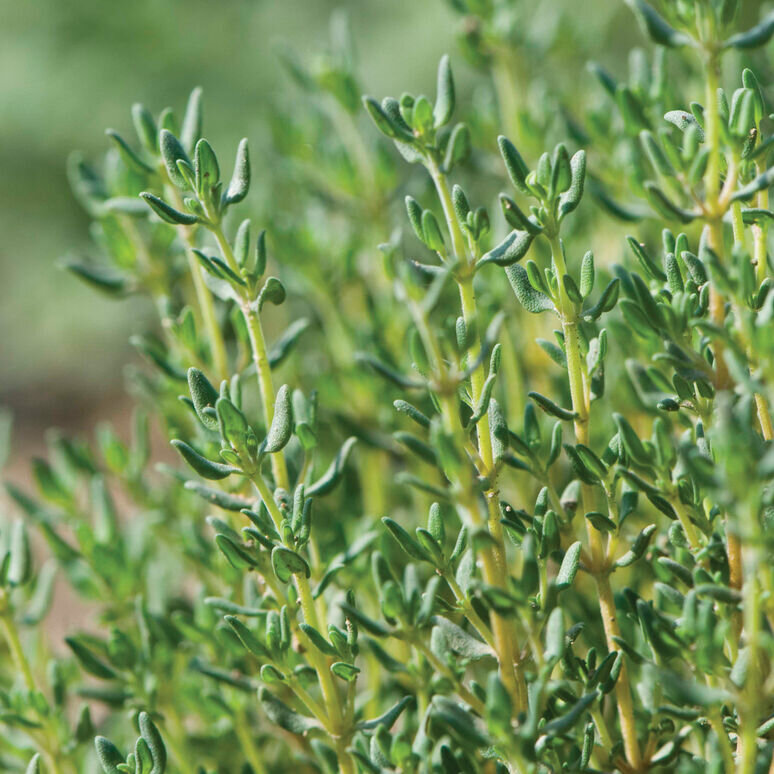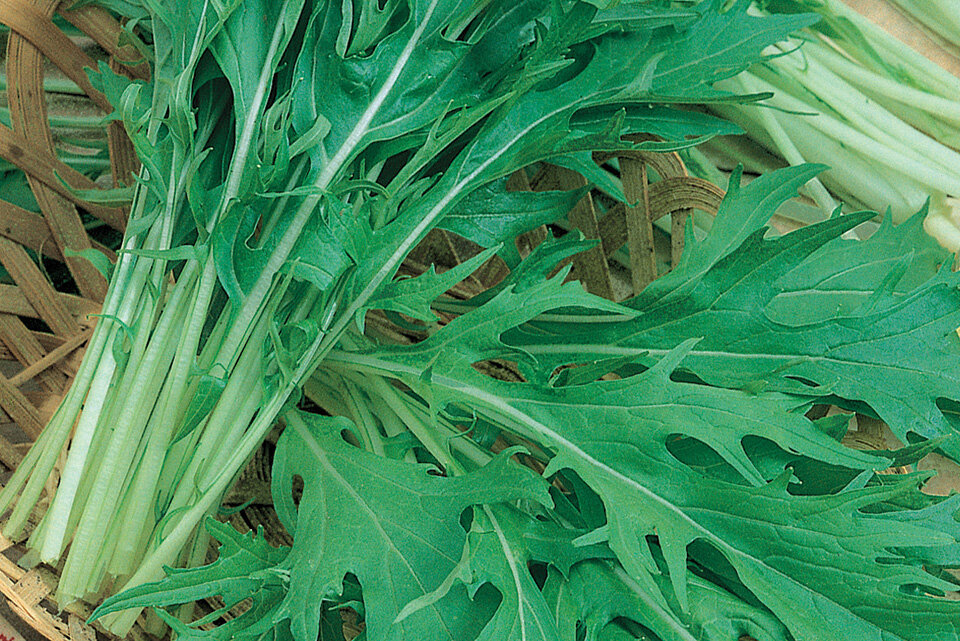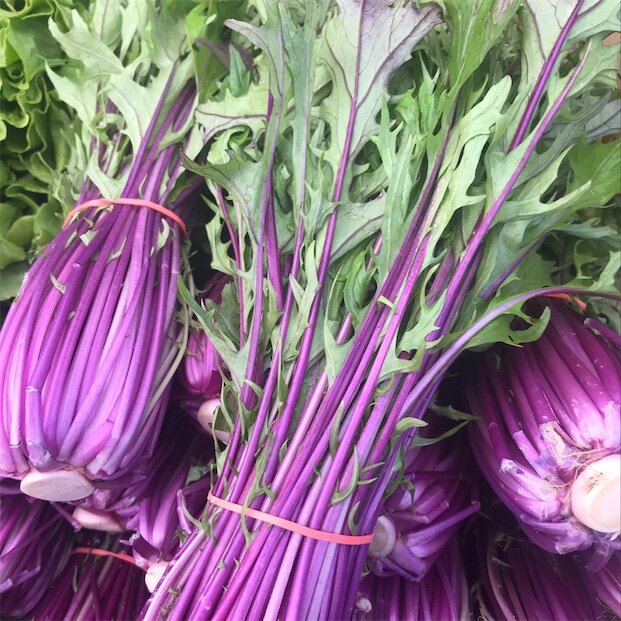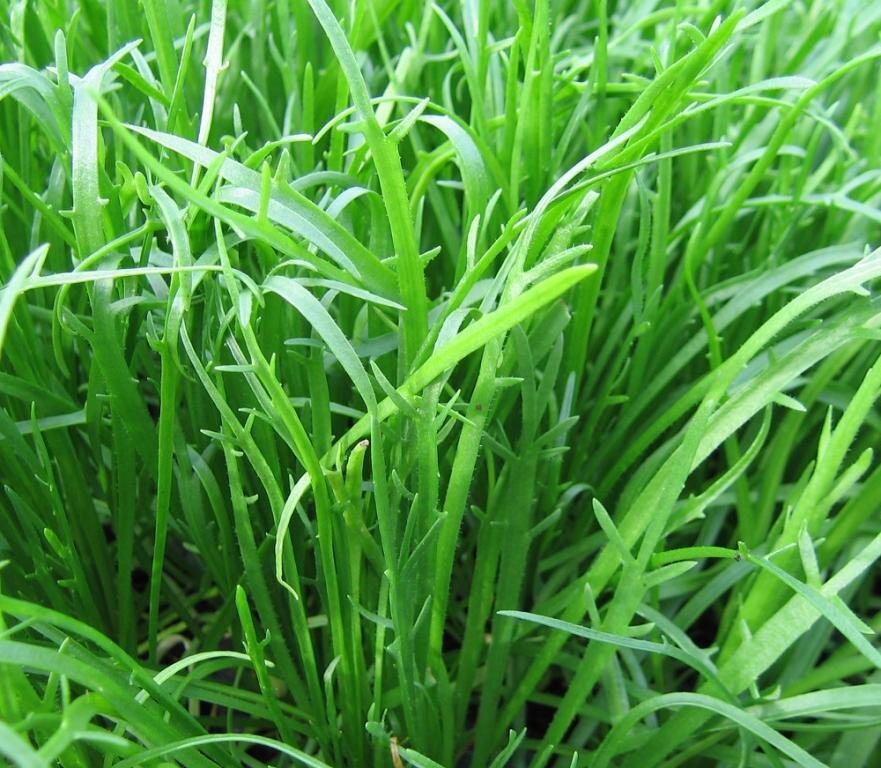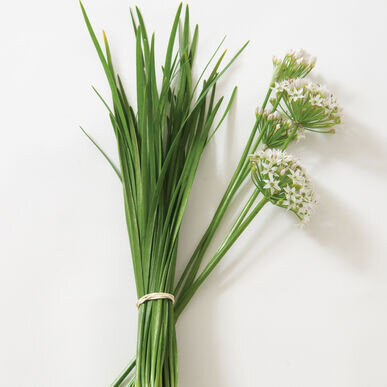Thyme is a perennial herb with over 100 different varieties.
Thyme releases its flavors slowly so it is best for slow and long cooking applications, like stocks, stews and soups.
Thyme can also be dried and stored for later use when fresh thyme is not available.
Thyme pairs well with seafood, red meat, poultry and most vegetables, like potatoes, tomatoes, squash, carrots, and onions, but can also be used as a stand alone herb.
Medicinally, thyme is said to be able to treat coughs and respiratory infections due its ability to help relax muscles in the trachea linked to coughing and inflammation. The essential oils have been used to treat back spasms and a tea infusion has been used to help ease headaches.
Store in a cool, dry place.
RECIPES
Buttered Brie and Heirloom Tomato Toast with Honey, Thyme and Walnuts
4 slices whole grain sourdough bread, use gluten free if needed
2 tablespoons butter or olive oil
8 ounces brie cut into 8-12 wedges
6 fresh sprigs thyme
1/3 cup toasted walnuts
Honey/honeycomb for drizzling
3-4 heirloom or regular tomatoes sliced
Olive oil for drizzling
Salt + pepper to taste
Preheat the oven to 450 degrees F. Place the bread on a baking sheet and rub each slice with a little butter (or you can use olive oil). Place in the oven and toast for 3-5 minutes. Remove from the oven and evenly divide the brie among the toast. Add the thyme. Place back in the oven and cook another 5 minutes or until the brie is melted. During the last minute, turn the oven to broil and broil 30 seconds to 1 minute. Remove from the oven. Sprinkle the toast with walnuts and drizzle with honey and or spread with honeycomb. Add the sliced tomatoes and very lightly drizzle with olive oil. Sprinkle with salt and pepper to taste. (https://www.halfbakedharvest.com/buttered-brie-and-heirloom-tomato-toast-with-honey-thyme-walnuts/)
Grilled Chicken with Lemon and Thyme
Gingered Peach Bourbon Thyme Smash

